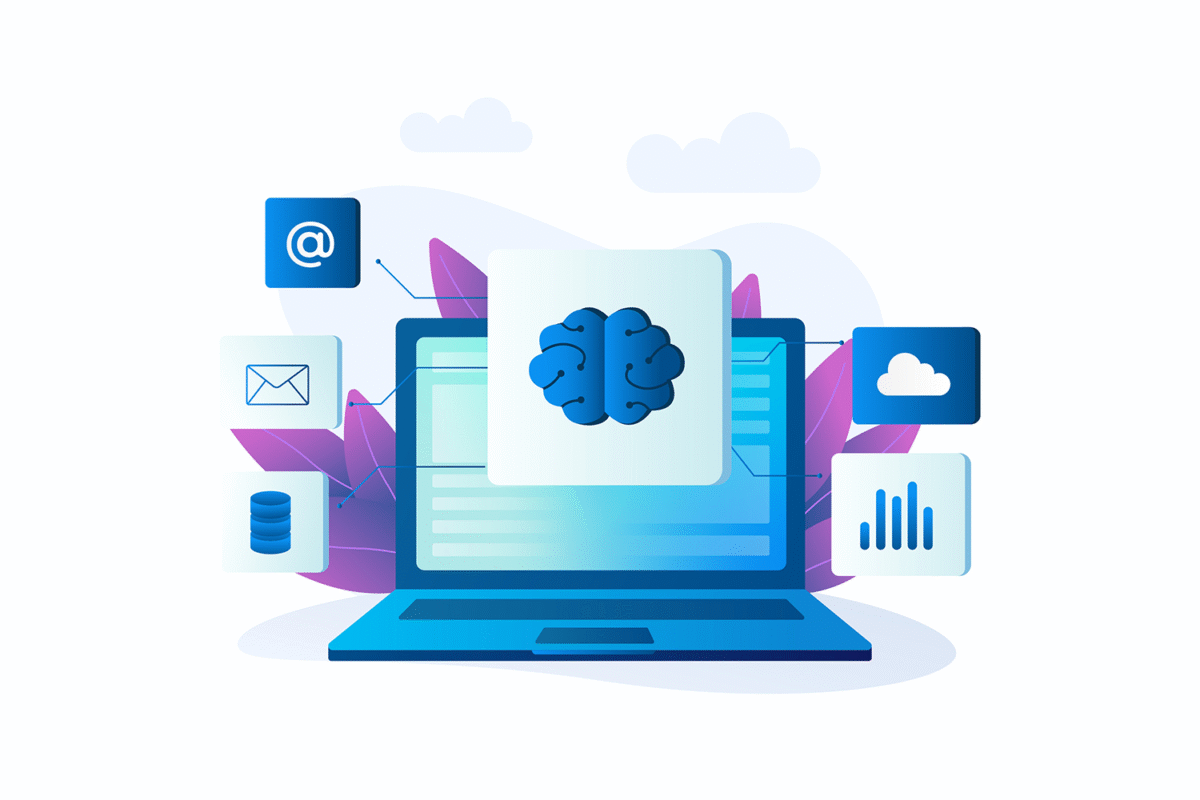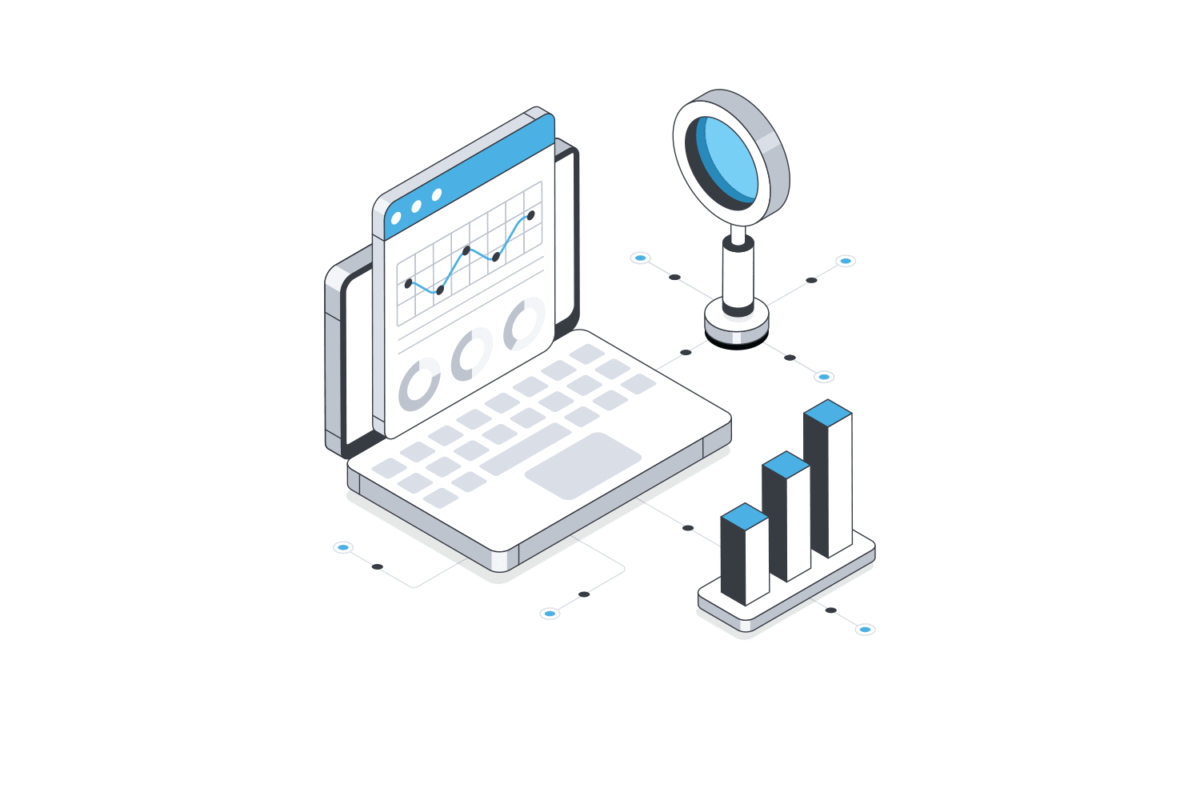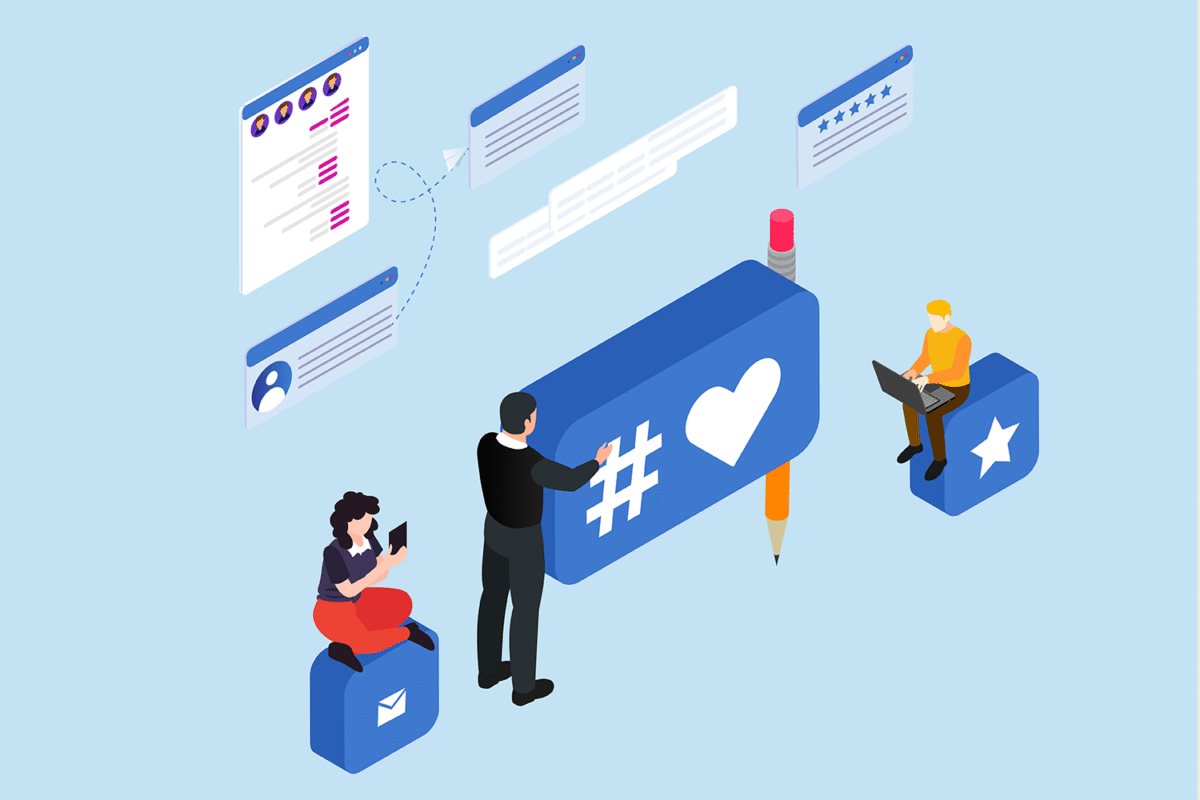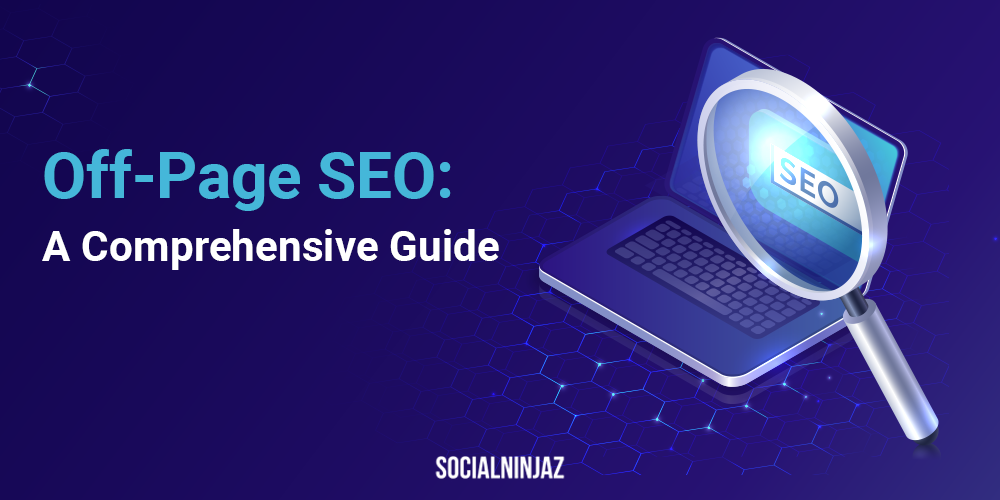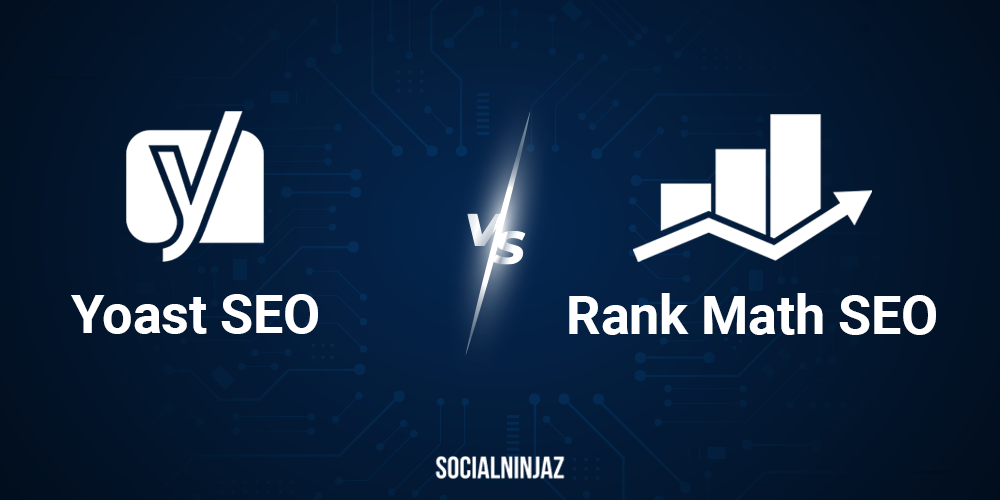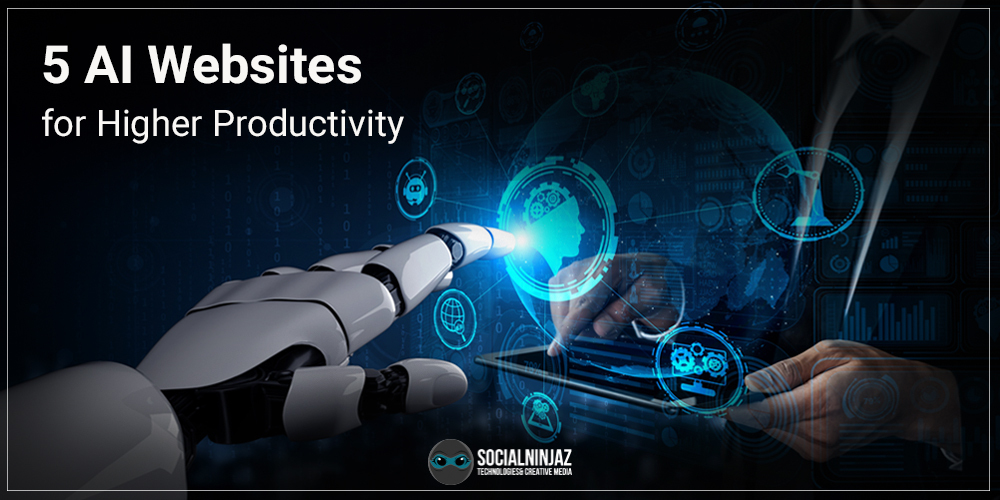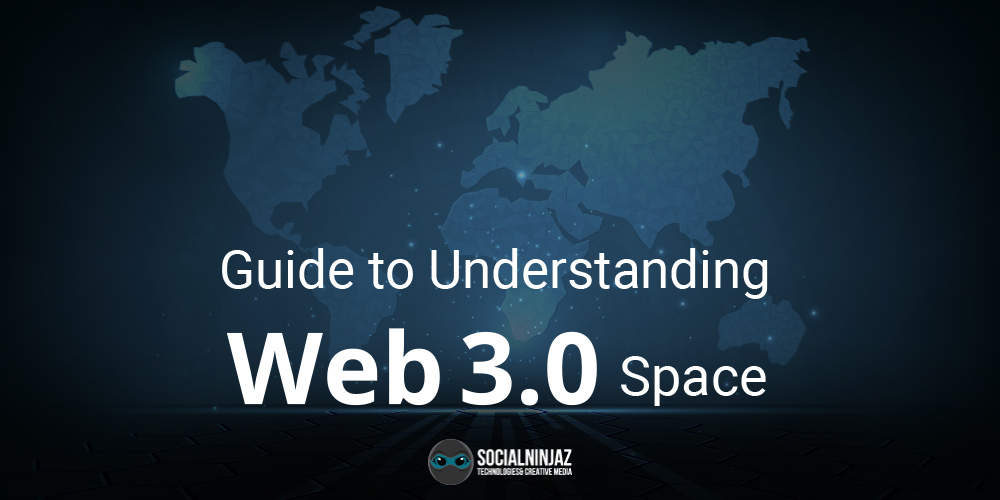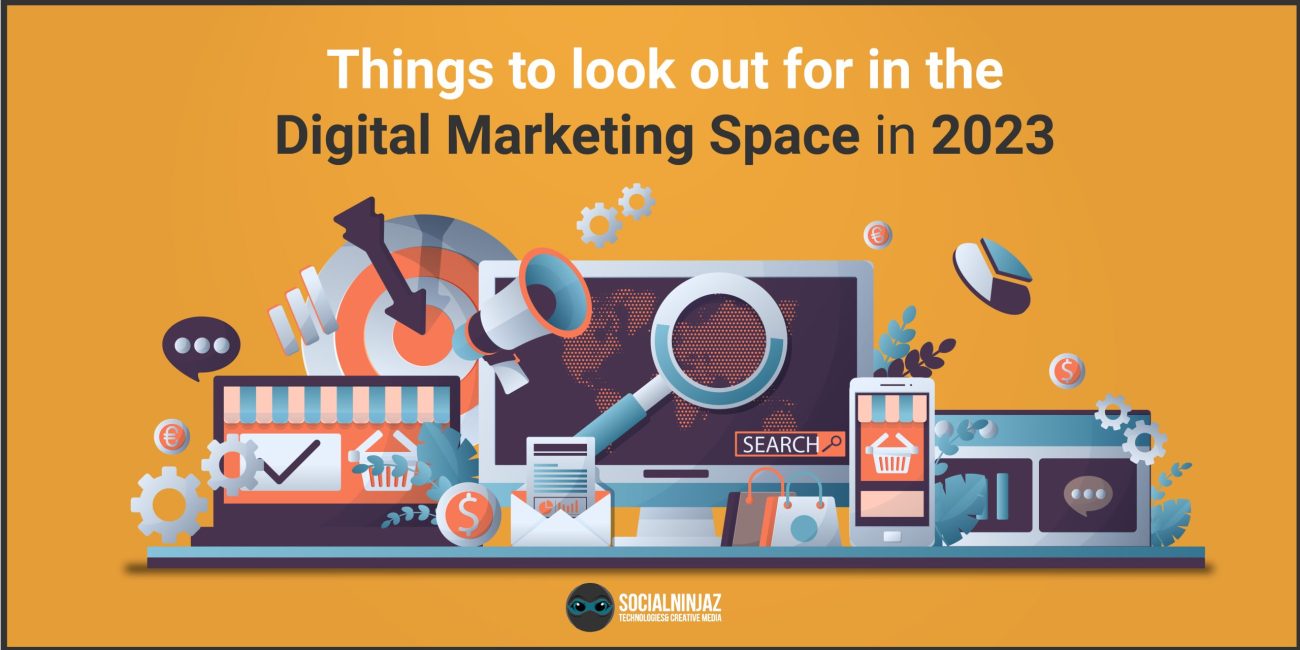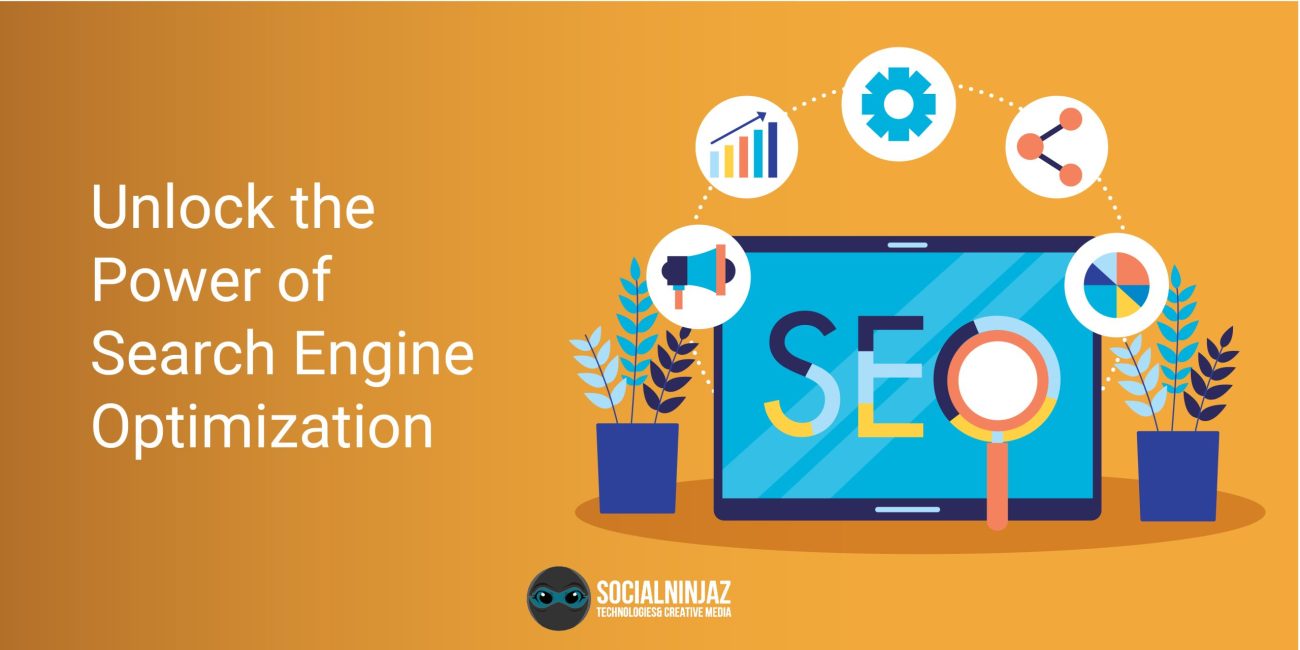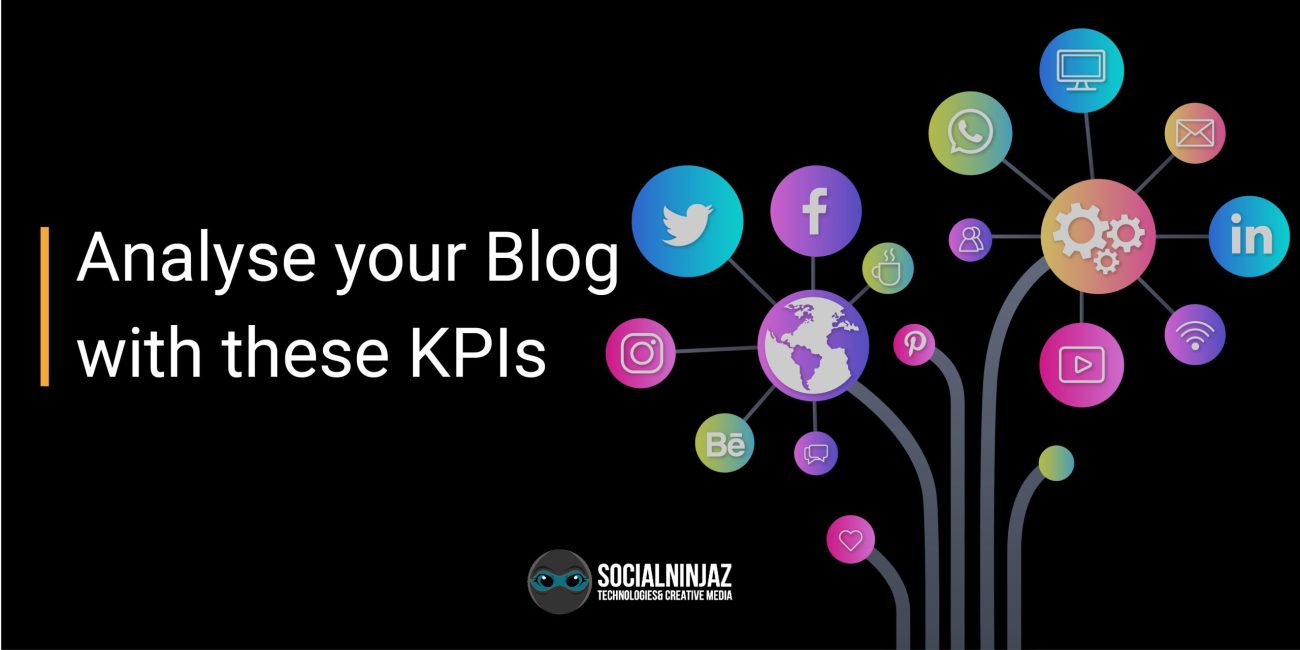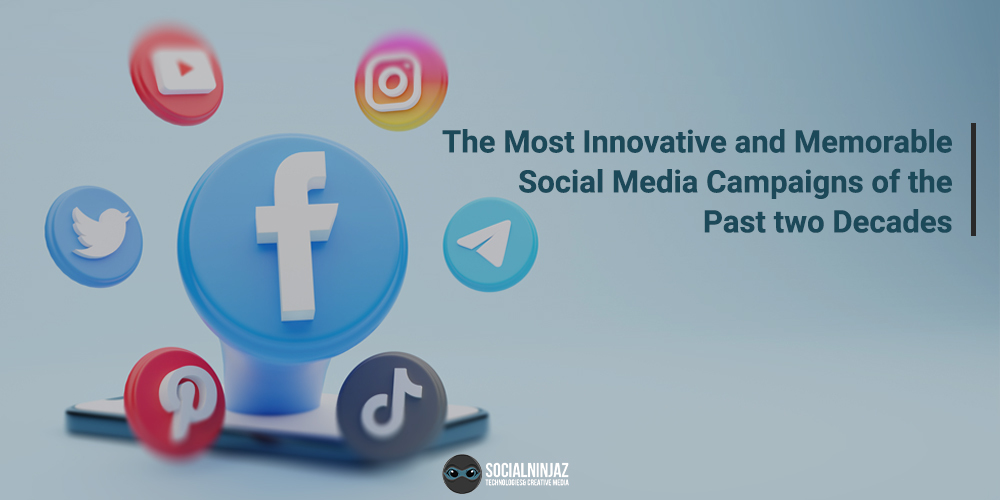The development of Artificial Intelligence (AI) technology has transformed numerous industries, and its application in Natural Language Processing (NLP) has resulted in the creation of chatbots. Chatbots are computer programs that simulate conversation with human users, and ChatGPT is one such example. ChatGPT is a large language model trained by OpenAI, based on the GPT-3.5 architecture. With regular advancements in technologies, many jobs are not converting to automation leading to higher efficiency and a decrease in manpower. It has the potential to revolutionize the way we communicate with machines, but is it also a threat to human employment?
Table of Contents
ToggleWhat is ChatGPT?
ChatGPT is a language model developed by OpenAI. It is part of the GPT (Generative Pre-trained Transformer) series of language models and is currently one of the largest and most advanced language models available. The model has been trained on a massive corpus of text data and can generate human-like responses for interactive prompts. ChatGPT was introduced to understand and respond to natural language, making it an ideal tool for many industries, including customer service, chatbots, and personal assistants.
The Impact of ChatGPT on the Global Employment Scenario
One of the primary concerns surrounding the development of AI technology is its impact on the job market. As AI systems become more advanced, there is a risk that they will replace human workers, leading to widespread unemployment. ChatGPT, as a language processing tool, can automate many jobs that involve communication with customers or clients.
For example, customer service jobs, such as call centre operators or live chat agents, could be replaced by ChatGPT. The chatbot could handle customer queries and complaints, providing 24/7 service without the need for human intervention. Similarly, virtual assistants, like Siri or Alexa, could be replaced by more advanced chatbots like ChatGPT. These technologies could significantly reduce the demand for human workers in these roles, potentially leading to widespread job losses.
However, it is essential to note that the impact of ChatGPT on the job market is not all negative. The technology could also create new job opportunities in the maintenance of the chatbot. As more companies adopt ChatGPT, there will be a growing demand for developers and engineers who can create and maintain these systems. Additionally, there may be new job opportunities in areas such as data analysis, as companies use ChatGPT to collect and analyze customer data.
The Potential for ChatGPT to Disrupt Human Employment
However, the increased use of ChatGPT and other AI-based technologies also raises concerns about job displacement and unemployment. As more businesses adopt these technologies, there is a risk that human jobs in areas such as customer service, sales, and support will become redundant.
The impact of ChatGPT on human employment will depend on how it is integrated into businesses and the types of jobs it replaces. While it is true that ChatGPT can handle many routine and repetitive tasks, there are still many areas where human interaction and expertise are necessary. For example, in areas such as healthcare, finance, and legal services human expertise and judgment are critical. AI-based technologies may not be able to fully replace human intelligence.
Furthermore, the adoption of ChatGPT and other AI-based technologies can also create new job opportunities in areas such as data analysis, programming, and AI development. As businesses invest in these technologies, they will require skilled professionals to design, implement, and manage them.
In conclusion,
ChatGPT and other AI-based technologies have the potential to revolutionize the way businesses interact with customers and provide services. However, their adoption also raises concerns about job displacement, unemployment, and ethical concerns around data privacy and protection. To ensure that these technologies are used in a responsible and sustainable way, it is essential that businesses and policymakers take a proactive approach to managing their adoption and minimizing their potential negative impacts.




